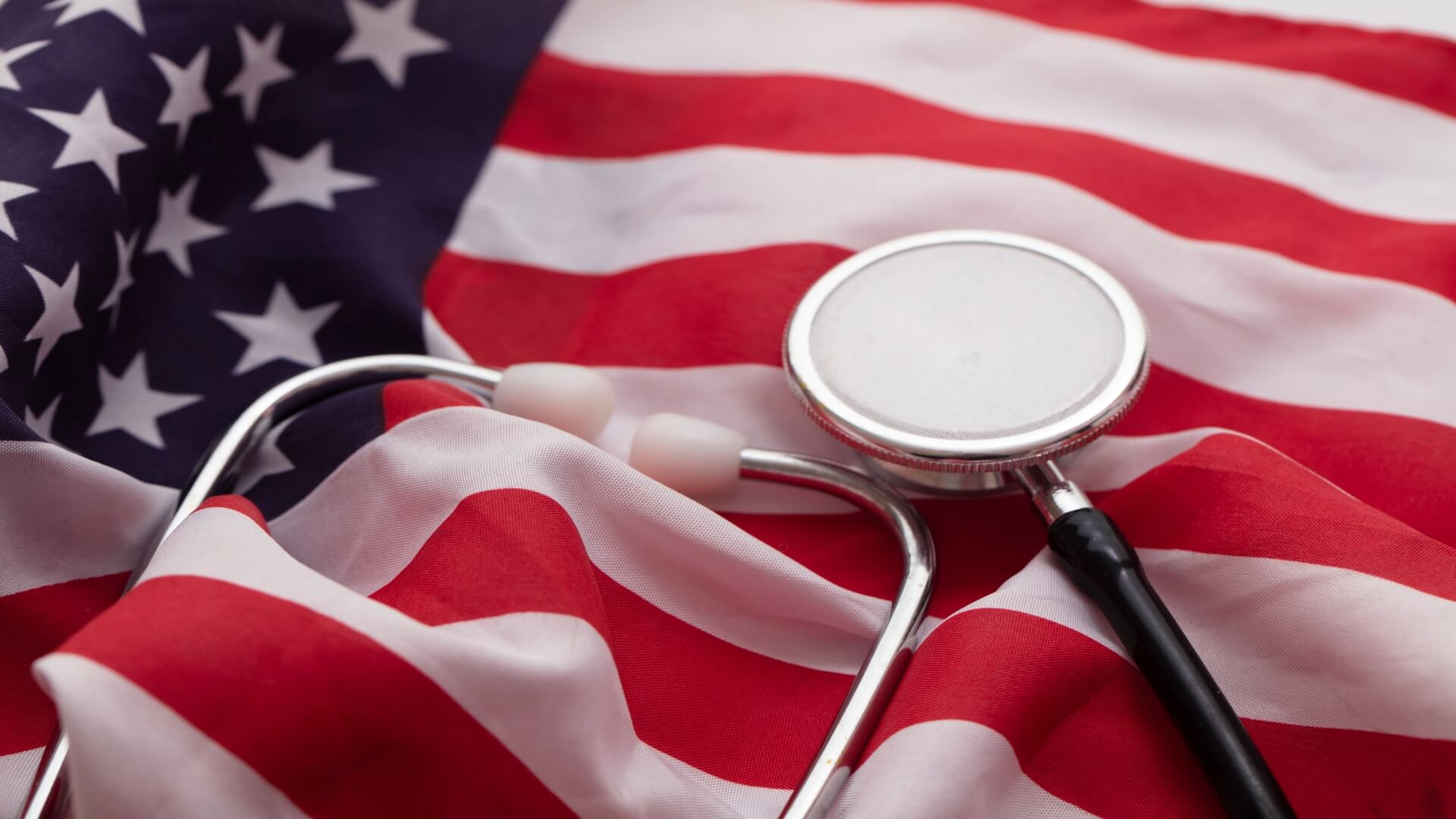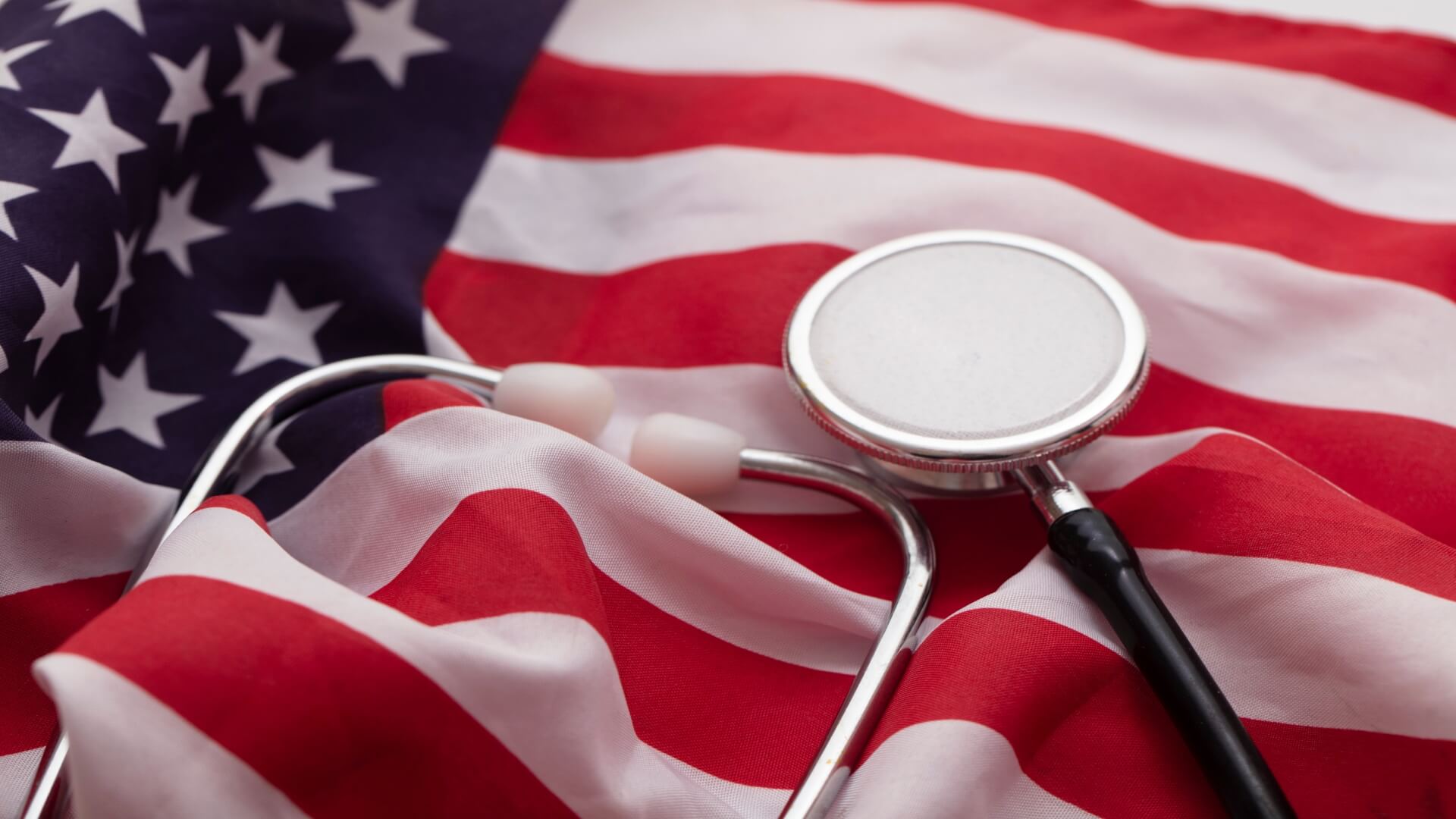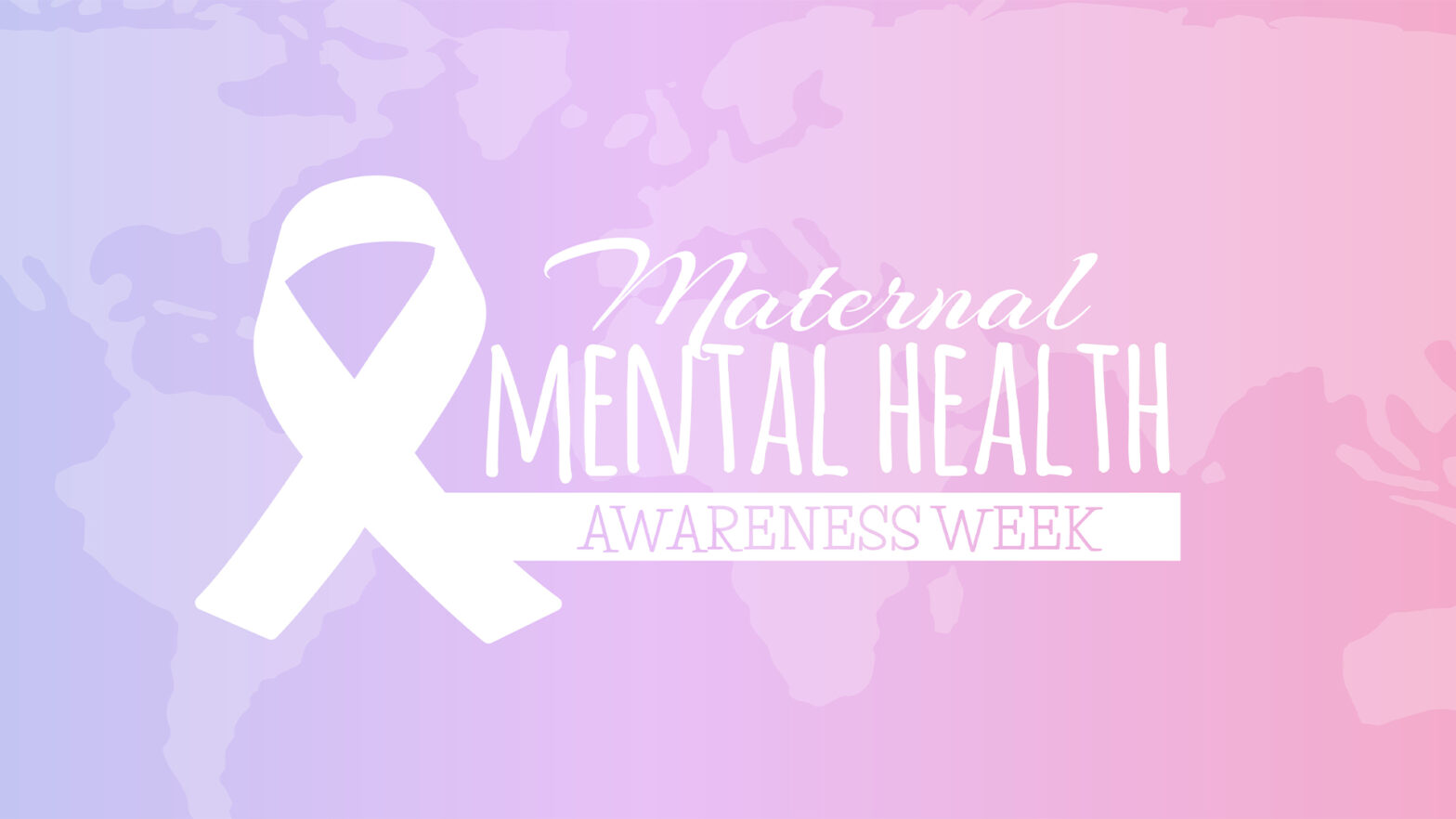The United States has one of the most expensive healthcare systems in the world. Most people will struggle with a hospital bill at some point in their lives. But for people living below the poverty line, those struggles are constant.
What does the United States do to help people receiving government assistance get high-quality healthcare, and is it enough?
The Difficult Answer
It’s really hard to answer this question objectively. Healthcare is, in its own right, an entirely subjective experience, flavoured both by the individual’s perception and their actual experience. Some low-income individuals will have relatively decent experiences with the American healthcare system. Others won’t.
Does American Healthcare have Insurance Options for Low-Income Individuals?
Answer: Yes. The Affordable Care Act passed under the Obama administration guaranteed healthcare for everyone. “Obama care” as it is sometimes called has experienced significant shifts and changes since it was first put into motion, subject to both congress, and whatever administration is currently in office.
The Trump administration, for example, made many efforts to limit Obamacare services and enrolment. The Biden administration, on the other hand, has made efforts to expand it.
There is also Medicaid — a government-sponsored healthcare option that provides services to low-income families who otherwise wouldn’t have been able to afford them.
Additionally, individual states will have their own rules about how healthcare services are provided to low income families. Strictly speaking, however, it is accurate to say that there are healthcare options out there for people who are on government assistance.
Does Everyone Who Needs Government Assistance Get Healthcare?
That’s a much more complicated question. Some people may miss out on healthcare benefits they are entitled to for the simple reason that they never knew about them. For example, Obamacare has enrolment periods. If you aren’t registered by a certain date, you may lose out on the benefits.
Other people simply might not know what their local or national government has to offer. Or, if they do know, they neglect to take advantage of them for philosophical reasons.
Then there are the trickier cases. For example, Obamacare guarantees coverage for people making up to 138% of the poverty line. This means an individual salary of around $1300 a month.
Now, you can still apply and receive benefits with a higher income, but you won’t receive subsidiary monthly payment assistance benefits. In other words, the government might say, “You can afford to pay this much in monthly premiums.” And you’ll be stuck at that rate, even feel it doesn’t accurately reflect what you can afford to pay.
Are There Medical Services that People Below the Poverty Line Can’t Afford?
This question is significantly less ambiguous than the last. Answer: Absolutely. Having insurance coverage may guarantee the policy certain services. For example, an annual wellness visit. Anything outside of those perimeters, however, will result in a medical bill.
A sick visit to the doctor’s office may cost $30, even after the co-pay. For people living pay check to paycheck, that can be a probative cost. All of a sudden, decisions need to be made: do I go in, or ride this out?
Many people make the latter decision. In fact, during the first few months of Obamacare, the hospitals were flooded with first-time patients. People who hadn’t been able to afford care for most of their adult lives.
And of course, emergency services are even costlier. Surgeries can easily result in thousands of dollars in bills. Even a pretty uneventful trip to the ER will cost an average of around $300.
The problem gets worse the more people delay care. Health issues left untreated only become more serious over time. A person with a minor complaint today may have a serious health issue on their hands six months from now if the problem goes untreated.
Other Obstacles
Insurance, or lack thereof, isn’t the only issue plaguing the American healthcare system. Low-income families have many obstacles that keep them from living optimal healthy lifestyles. For example, access to healthy food. We’ve all seen the fast food restaurant menu where burgers cost $2, and salads cost $8.
And that’s true of many places. But the biggest problems happen at the grocery store. Fresh produce is a luxury many families can’t afford.
Then there are the logistical issues of pursuing healthcare. Maybe you have government-assisted insurance, but you don’t have a car. Sure, you can take public transportation to get to the doctor, but it’s tricky. The bus is slow. The appointment is slow. To have a routine exam, you might need to take a day off work.
Or maybe you get to the doctor and she tells you that you’ve put on weight. Work it off at the gym? Well, not for $50 a month you won’t.
The problems continue to pile up. You may have every intention of living a healthy lifestyle. However, without the money to afford basic resources like healthy food and regular doctor appointments, you’ll be deprived of the most fundamental healthcare patient outcome indicators.
Conclusion
There are healthcare resources available for people who need them in the United States. These services do make it possible to receive a certain level of care. However, for many people, they don’t provide everything that is needed.
It’s also worth mentioning that even people with pretty sturdy incomes can have their finances derailed by a healthcare emergency. In the United States, it’s taken for granted that major medical events will put the hurt on your wallet no matter your income level.
However, such is not the case everywhere in the world. Most developed nations have healthcare options that are affordable for everyone. Through keen interest and legislative action, the United States may one day achieve a system that is more affordable for everyone.


















